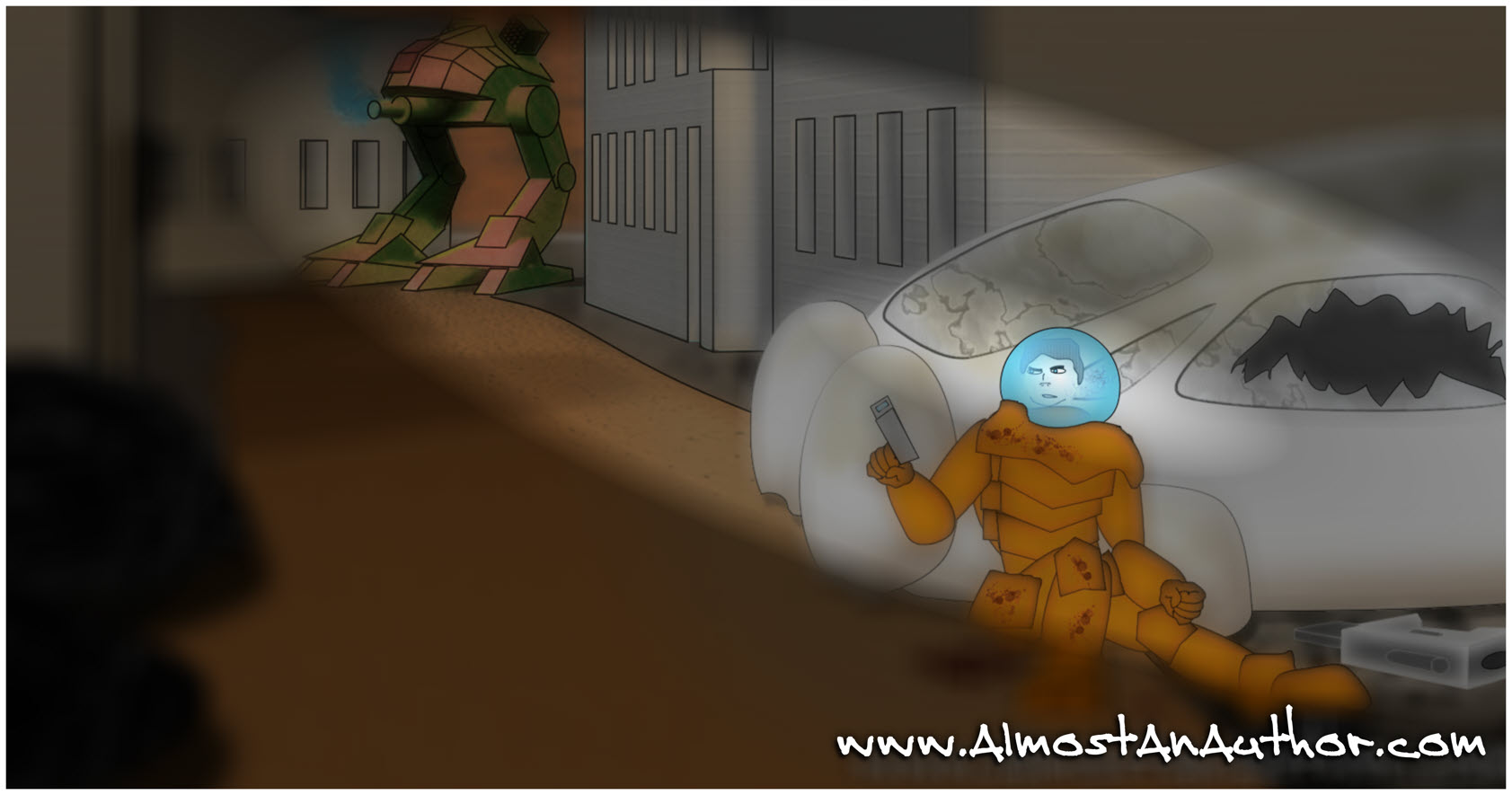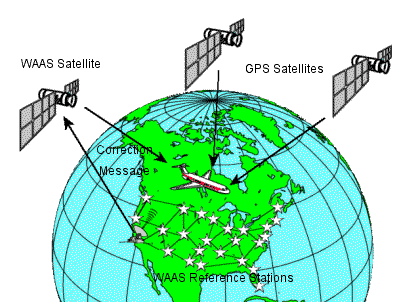
Keep Rolling
I love quotes, motivational thoughts, words of wisdom or whatever you like to call them. The writer in me…
July 6, 2024
I love quotes, motivational thoughts, words of wisdom or whatever you like to call them. The writer in me…
July 6, 2024
Summer is ending, and that means teachers like me (and maybe you) are getting ready to go back to…
August 6, 2022
Happy Journalversary to me! Yes, I made up a word, but, as I write this post, it’s a very…
November 6, 2020
If you, like the rest of the world, have been stuck inside of your home because of the Coronavirus,…
April 9, 2020
Following the dream of becoming a writer involves so much more than just learning how to write. Sure that’s…
July 29, 2017
Magazine writing jobs sent straight to your inbox? Yes, it is true. I get them every morning. So how…
June 12, 2017
Jim held a gray spheroid up to the light. “So Doc, you’re saying the sex of this alien was…
February 13, 2017
The autopsy window allowed Jim a clear view of the good doctor’s grim work. The gray-skinned corpse had been…
January 16, 2017
The carbine was still jammed and Jim couldn’t do anything to fix it. He finally tossed it aside and…
November 9, 2016
The murmur of countless alien tongues subsided as the chairman of the interstellar council called for order. The delegates…
October 11, 2016
This month’s post is all about words you might be hearing and saying and, consequently, writing improperly. We’re not…
September 17, 2016
Save money. Learn theology. Become a better writer. Minister more effective. That’s my hope for you. In this second…
September 12, 2016
As Tatooine’s twin suns slowly inch to the sand dunes in the horizon, a lone figure strains his eyes…
September 11, 2016
As a Christian writer in your life or in your writing it is not merely about what you want…
May 21, 2016
Shortly after moving to the Islands, a new habit easily became walking early on the beach. On one particular…
February 18, 2016
We writers are an odd lot. We’re driven to write, spending time composing poetry, writing books, researching articles. We…
February 11, 2016
Where to begin? I had a friend ask me this question recently, who is interested in writing a young…
January 15, 2016
I’ve found the writing path to be the journey of a lifetime. At times it’s fraught with discovery and…
January 11, 2016
As a writer, I’ve come to realize the value—and the elusiveness—of writing ideas. They come and go like beautiful…
November 4, 2015
We all know the value of saving for the future. The truth is that’s not just good financial advice—it’s…
October 7, 2015
If you are a born again follower of Christ then you have been given a spiritual gift or gifts.…
October 3, 2015
Writers have a love/hate relationship with putting words on paper. Sometimes it’s difficult because of the process. Other times…
September 8, 2015
As writers, we do many things to capture what drives our characters. We’ll complete questionnaires detailing their likes and…
September 4, 2015
Devotions: Seeds to Grow Faith I still have a copy of the first sermon I ever preached. Imagine trying…
August 2, 2015
Early on I discovered a basic truth for writers. Publishing is a journey, not a destination. This holds true…
July 8, 2015